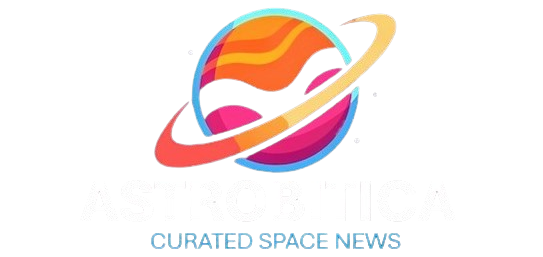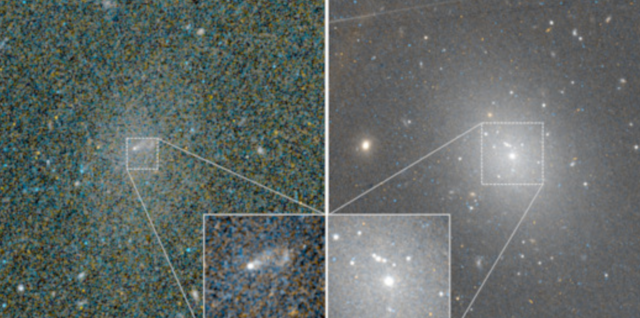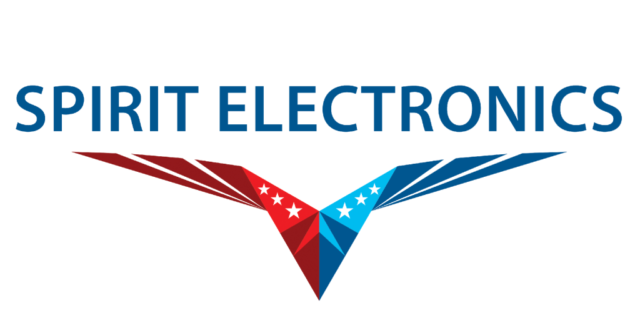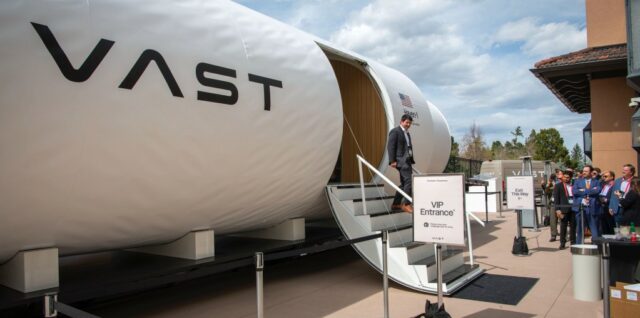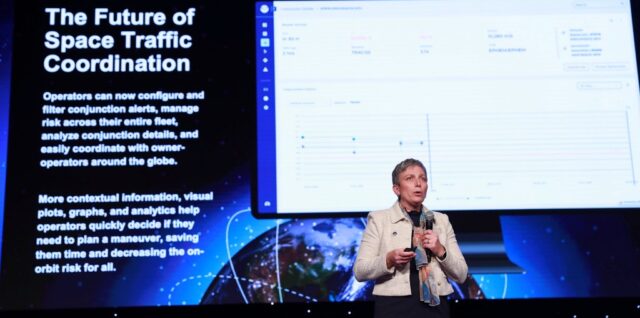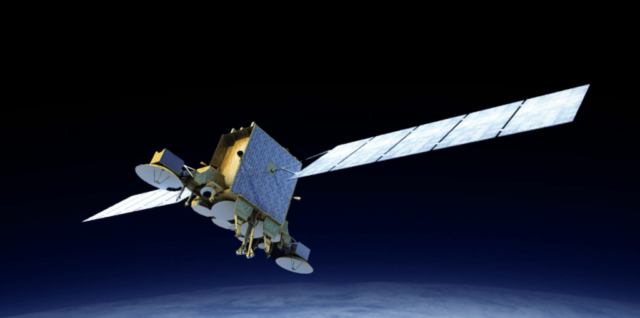This star burped after eating a planet — but the planet was really asking for it
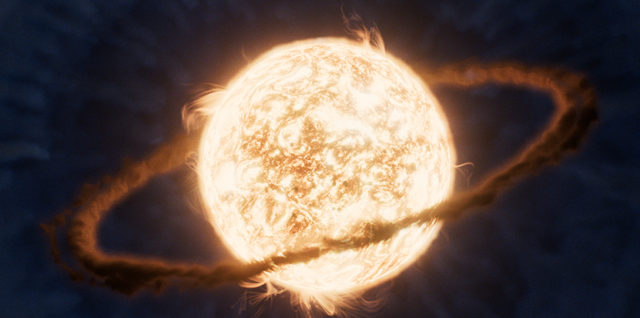
The James Webb Space Telescope has revisited a star that swallowed a planet and found that instead of the star subsuming the planet, it was the planet that crashed into the star. Continue ReadingThis star burped after eating a planet — but the planet was really asking for it
